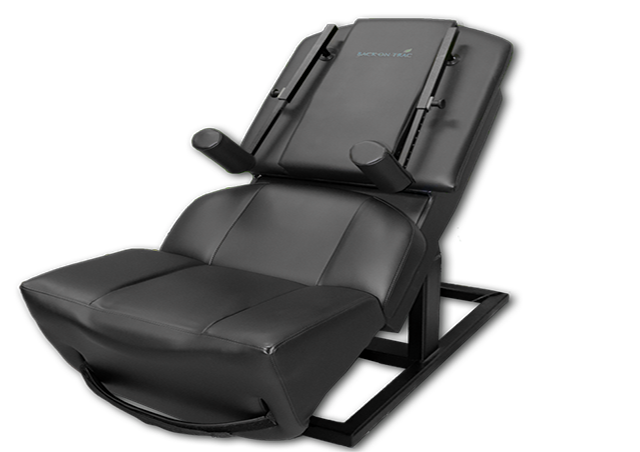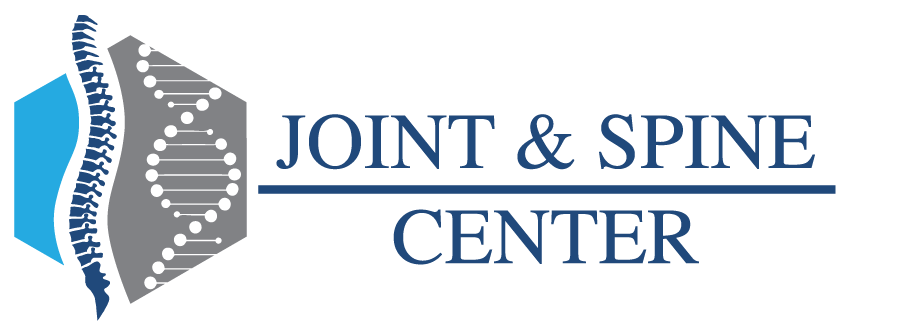Spinal Decompression
What is Spinal Decompression?
Spinal decompression is a method of stretching the spine carefully to relieve back, neck or leg pain and help in proper healing for degenerating, bulging, or herniated discs. Spinal decompression is very useful in the treatment of back or neck pain caused due to degenerative or herniated discs, conditions such as sciatica, and accidents or injuries. More than 80% of Americans suffer from low back pain due to herniated discs and spinal decompression can be helpful in relieving the pain.

Types of spinal decompression
There are mainly two types of spinal decompression. These are
- Surgical spinal decompression
- Non-surgical spinal decompression
Surgical spinal decompression: In surgical spinal decompression, certain conditions such as severely rupture discs are treated through surgery. Generally, an orthopedic surgeon performs this type of surgery. Laminectomy or microdiscectomy are common types of surgical spinal decompression.
Non-surgical spinal decompression: Non-surgical spinal decompression involves stretching of the spine to release pressure off the nerves. During this type of spinal decompression, the patient lies on a special table, with one harness placed around the waist and the other around the pelvis. The bottom half of the table moves back and forth, while the top half remains stationary causing mild traction. The treatment lasts for 30-40 minutes.
Benefits of Non-surgical Spinal Decompression
There are more benefits of non-surgical spinal decompression than surgical spinal decompression. With the non-surgical option there is no need to go through any invasive surgery and long healing period. Moreover, non-surgical spinal decompression can target particular locations or points on the spine. It helps in stopping the pain quickly and treats the underlying structural issues.
